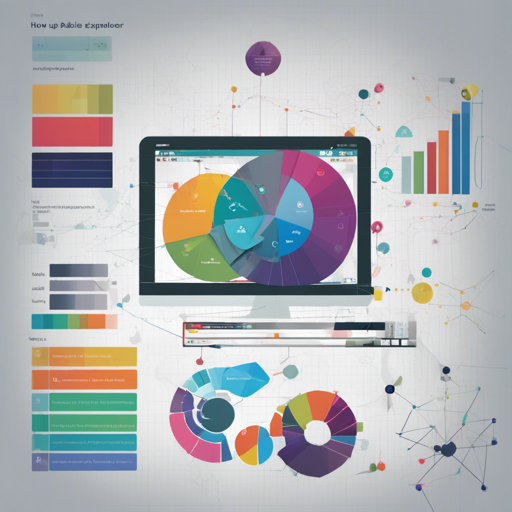Fabric Explorer is an open-source tool that simplifies working with Hyperledger Fabric, making it easier to access and utilize its robust features. In this guide, we will walk you through the setup process, giving you insights into the directory structure and command usage.
Getting Started with Fabric Explorer
Follow these steps to set up Fabric Explorer effectively:
1. Prerequisites
- Ensure you have the following installed:
- Docker 1.12.6
- Docker-Compose 1.11.2
- Golang 1.8
- Node.js 6.9.5
- Git
- MySQL
2. Clone the Required Repository
git clone https://github.com/onechain/fabric-docker-compose-svt.git3. Set Up Docker Environment
- Navigate to the cloned directory:
cd $GOPATH/src/github.com/hyperledger/fabric/examples/fabric-docker-compose-svt. download_images.sh. start.sh4. Starting Fabric Explorer
- Clone the explorer repository:
git clone https://github.com/onechain/fabric-explorer.gitcp -r $GOPATH/src/github.com/hyperledger/fabric/examples/fabric-docker-compose-svt/crypto-config ./fabric-explorer/artifacts/crypto-config- Set channel, MySQL settings, and toggle TLS configuration.
- For example, to modify the channel settings, you will use:
{
"orgs": [{
"name": "org1",
"mspid": "Org1MSP",
"peers": [{
"name": "peer1",
...
}],
...
}],
...
}npm install. start.sh5. Exploring the Fabric Explorer Interface
With Fabric Explorer running, you can access various features via REST APIs to interact with the blockchain. For example, you can:
- Get block information:
curl -X POST http://localhost:8080/api/block -H "Content-Type: application/json" -d '{"number": $block_number}'curl -X POST http://localhost:8080/api/tx -H "Content-Type: application/json" -d '{"number": $Tx_hex}'Understanding the Code Structure Through Analogy
Imagine you are a librarian managing a vast library (your blockchain network). Each section of the library corresponds to a specific functionality or area of the fabric explorer. Below is a breakdown of the structure:
- app: This is the main reading room where all the important sections of the library are displayed.
- artifacts: Think of this as the catalog of books and access permissions, helping you find information quickly.
- services: The help desk of the library, where you can get assistance and resources required for managing different tasks.
- socket: Similar to a librarian who relays messages from one section to another, ensuring you receive real-time updates.
- metrics: This is your library’s monitoring tool, keeping track of how many people visit and the books borrowed, essential for evaluating the library’s health.
Troubleshooting Tips
If you encounter any issues while setting up or running Fabric Explorer, here are some tips:
- Ensure all prerequisites are installed and versions are compatible.
- If you face connectivity issues, verify the environmental configurations in your
config.jsonfile. - Review the logs for any errors that can give clues to what went wrong.
- For more insights, updates, or to collaborate on AI development projects, stay connected with fxis.ai.
Conclusion
At fxis.ai, we believe that such advancements are crucial for the future of AI, as they enable more comprehensive and effective solutions. Our team is continually exploring new methodologies to push the envelope in artificial intelligence, ensuring that our clients benefit from the latest technological innovations.

